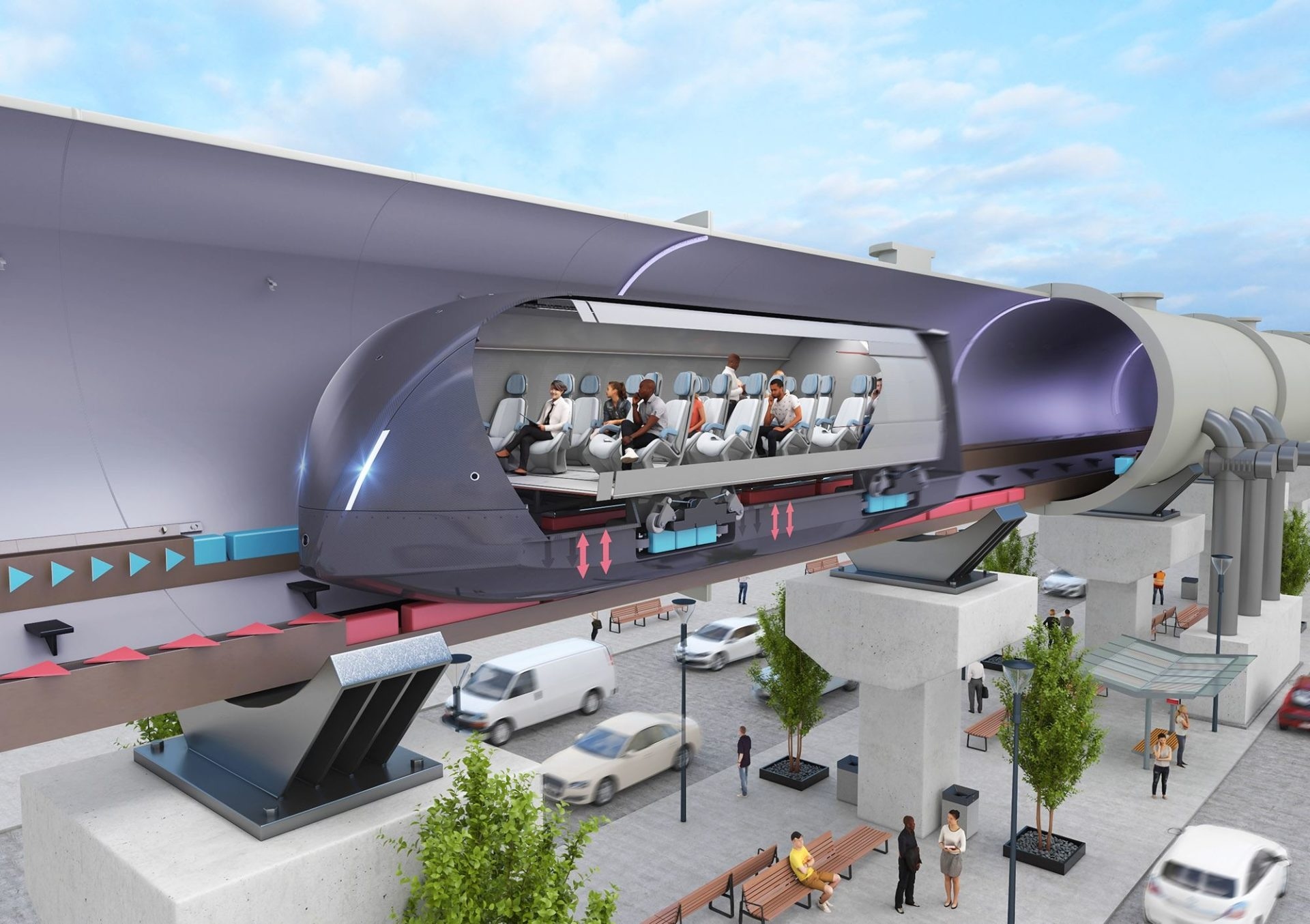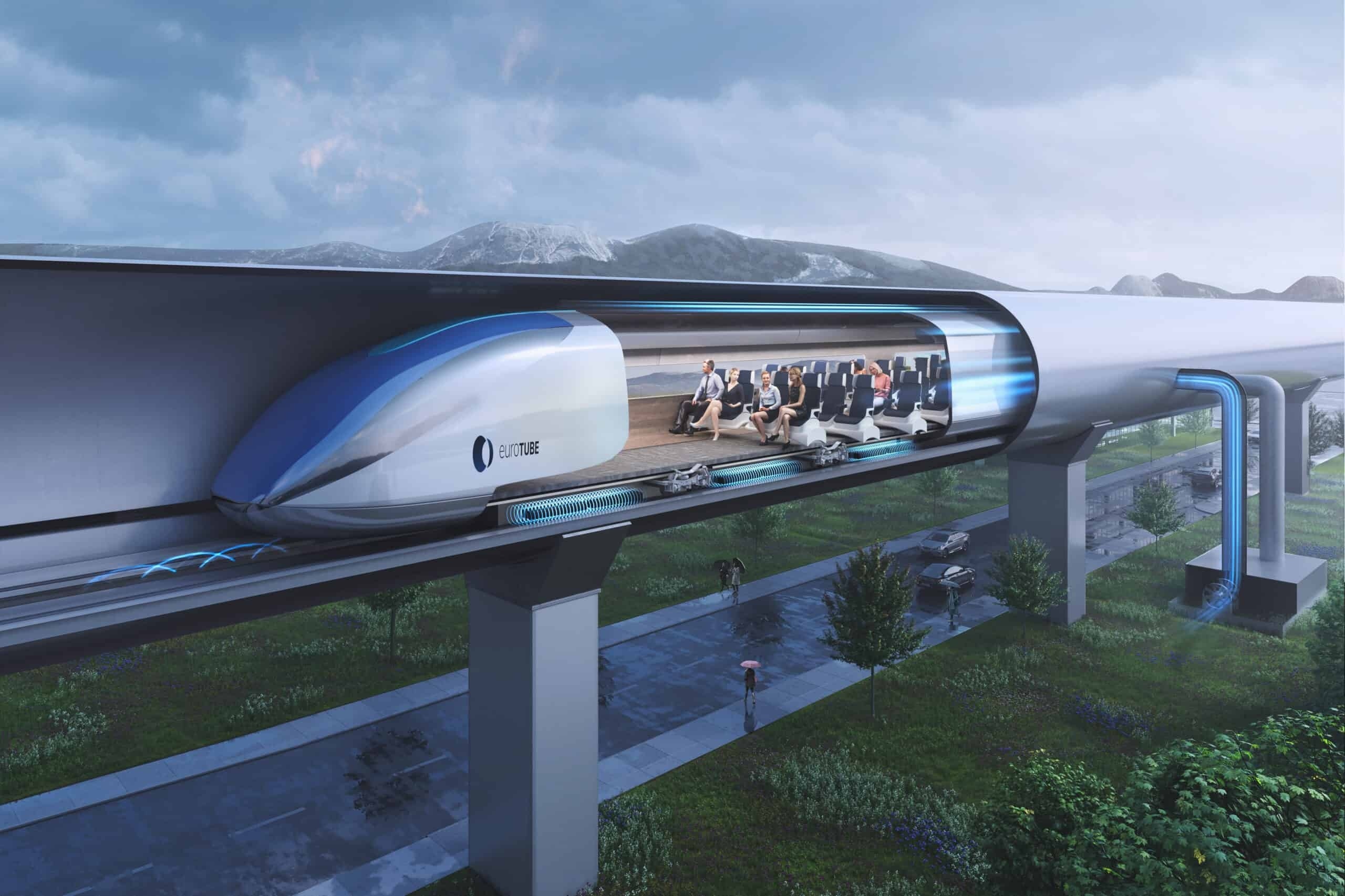How It All Began
The idea first hit the world stage about a decade ago, courtesy of Elon Musk, who challenged universities worldwide to design prototypes. Teams from the Technical University of Munich (TUM) consistently dominated these competitions, and today, Munich’s Hyperloop research lives on in a dedicated university program. Part of Bavaria’s high-tech agenda since 2020, the project receives state funding and aims to turn bold ideas into practical technology.
Europe’s First Passenger-Certified Test Track
The test track itself is only 24 meters long, but don’t let its size fool you - the focus isn’t speed just yet. Researchers are using this section to tackle the fundamentals: sealing the concrete tube, testing the vacuum environment, and ensuring passenger safety inside the pod.
The pod itself is designed for five passengers, giving engineers a real-world setup to evaluate stability, comfort, and safety systems. With the near-vacuum environment and potential speeds approaching a jetliner’s, every millimeter counts. The test track allows researchers to analyze how the capsule behaves in motion, how the tube seals under stress, and how the passengers would experience the ride.

Aluminium: The Material of Tomorrow
The Hyperloop’s innovations aren’t just about speed - they’re about engineering lightness and strength. Aluminium plays a starring role, offering stiffness at minimal weight, which is critical when you’re accelerating to nearly Mach 0.75 in a confined tube. Advanced CNC machining and precise assembly ensure components can withstand the extreme demands of hyperloop travel while keeping tolerances to fractions of a millimeter.
As mobility evolves, so do the materials and techniques behind it. From electric vehicle battery housings to Hyperloop pods, aluminium is proving indispensable. And in Munich, the Hyperloop test track is already showing how precision engineering can turn a sci-fi vision into something tangible.
The Future is Now (Sort Of)
Munich’s Hyperloop isn’t zipping across Germany at record speed just yet, but it’s a crucial first step. By experimenting with real-world tubes, capsules, and passenger scenarios, researchers are learning how to tame the laws of physics at unprecedented velocities.

It’s a peek at a future where cities are closer than ever, travel is cleaner, and technology gives us back the most precious resource: time. Soon, hopping into a Hyperloop pod might be like stepping onto a high-speed elevator to the next city - and if it works, Europe could be racing toward a very fast, very bright future.

Photo Copyright: groundworks.com, eurotube.org, orissapost.com
Secure your MOTION MAG copy online now: EDITION SIX.


